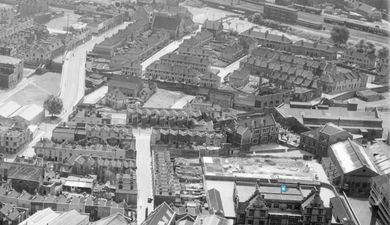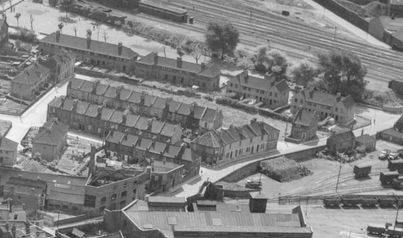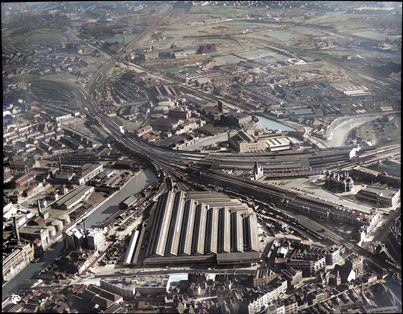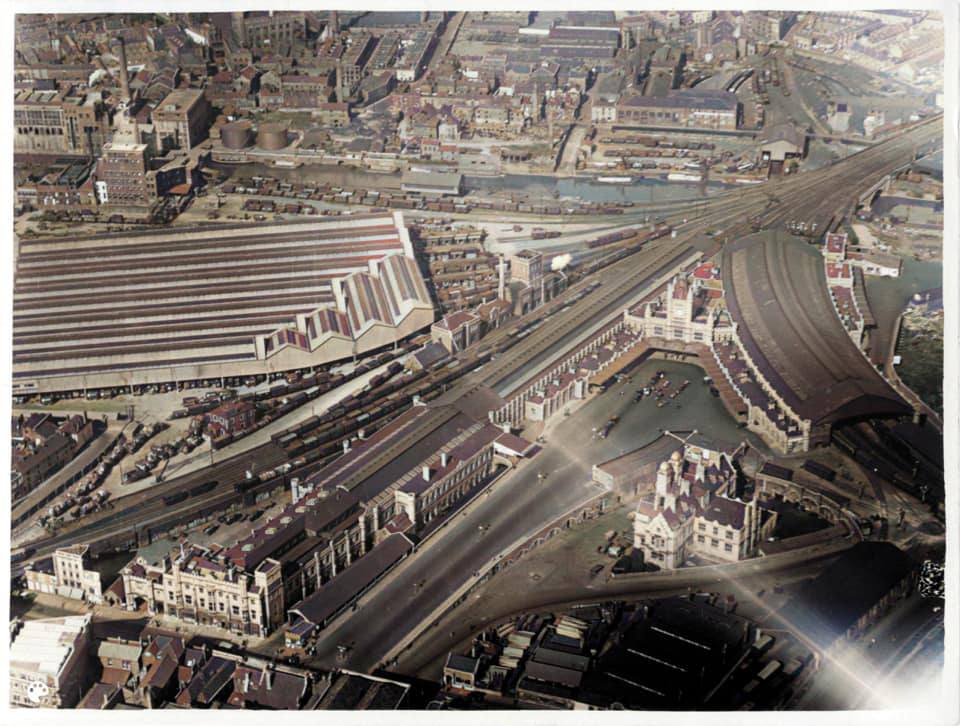The Dings has a long, rich and fascinating history. The name “Dings” is probably from an old Anglo-Saxon word meaning a meadow where withies grow, recorded on old maps as Dengs or Dings. For a very interesting read about the area, try “The Dings and St. Philips” by Dave Stephenson & Jill Willmott, ISBN 0 7524 3556 6. Other books have also been written. Here are a few brief snippets about the area:
– The Avonside Engine Company built mainline locomotives in Avon Street from 1837 to 1905 when they moved to larger premises in Fishponds. Although all trace of the buildings, tracks etc. are long gone, if you take a walk around Kingsland Road and Sussex Street you might spot one or two cast-iron drain covers with the words “Avonside Engine Company Limited” on them. One of their smaller engines is preserved and working at the Didcot Railway Museum.
– In Barton Road, almost opposite the Barley Mow is a Jewish graveyard. The graveyard was established in the 1740s; the first in Bristol following the return of Jews to England after the expulsion of 1290. The earliest identified burial is dated 1762, the most recent was in 1944. There was a fire in an adjoining building in 1901, and firefighters did quite a bit of damage breaking through a wall of the graveyard to reach the fire.
– The only pub in the Dings today is the Barley Mow, previously called the Duke of York, but in the past there were many more including: Bath House, Kingsland Road; Bunch of Grapes, Sussex Street (now the elite retreat); Crown & Anchor, New Kingsley Road; The George (demolished in 2009), Kingsland Road; Mechanic’s Arms, Sussex Street; The Star, Sussex Street; Railroad Tavern, Barton Road; Victoria Tavern, Victoria Street/Kingsland Road; William IV, Folly Lane; New Inn, Barton Road; Berkeley Castle, Russ Street. Demolished in the 1930s on Kingsland Road: Glass House, Royal Mail Public House, Barkeley Castle (a different one), Royal Oak. Incredibly this list is not exhaustive, it’s just the ones I happen to know about.
– Between Waterloo Road, Midland Road and what is now Barton Manor was St. Philips Station. Opened on the 2nd May 1870, it closed to passengers on 21st September 1953 and goods on 1st April 1967. It was built by the Midland Railway Company, hence Midland Road.
– Delphine Higgs has written about some of her experiences during the Second World War. Her parents owned E.H. Rowdens shop at the corner of Sussex Street and Alfred Street. The following links connect to some of her stories (now archived on the BBC site)

– On union road is St. Silas Mission Hall (next to Shaftesbury Crusade). It was opened in November 1899 as an auxilliary place of worship, and closed in 1935. In more recent years it has been used as a garage, and it is currently being renovated.
Some archive pictures courtesy of the Bristol Post

Divided by the Feeder Canal, St Philips Marsh and its neighbour St Philips are set for rapid change in the coming years. Once home to factories and worker houses, the area near Temple Meads is an established hub of Bristol industry.
From the bustling fruit market to the science and innovation centre Science Creates, there are still plenty of businesses thriving on the former marsh. It’s also in line for major redevelopment as part of the Temple Quarter scheme including the University of Bristol’s new campus and the plan for Temple Island.
The Dings community is the main residential area, and more traders have opened in the historic railway arches on their doorstep. We took a look back in our archive at some of the defining moments and long-forgotten memories from decades past.
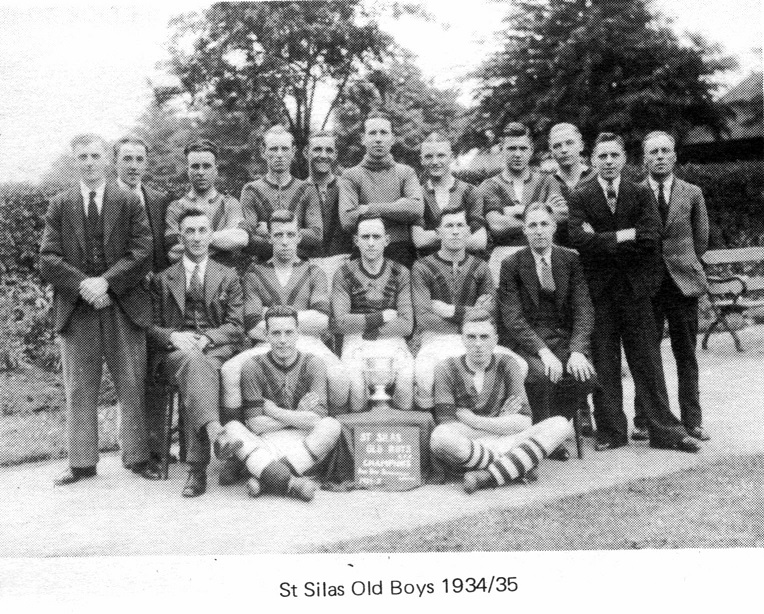
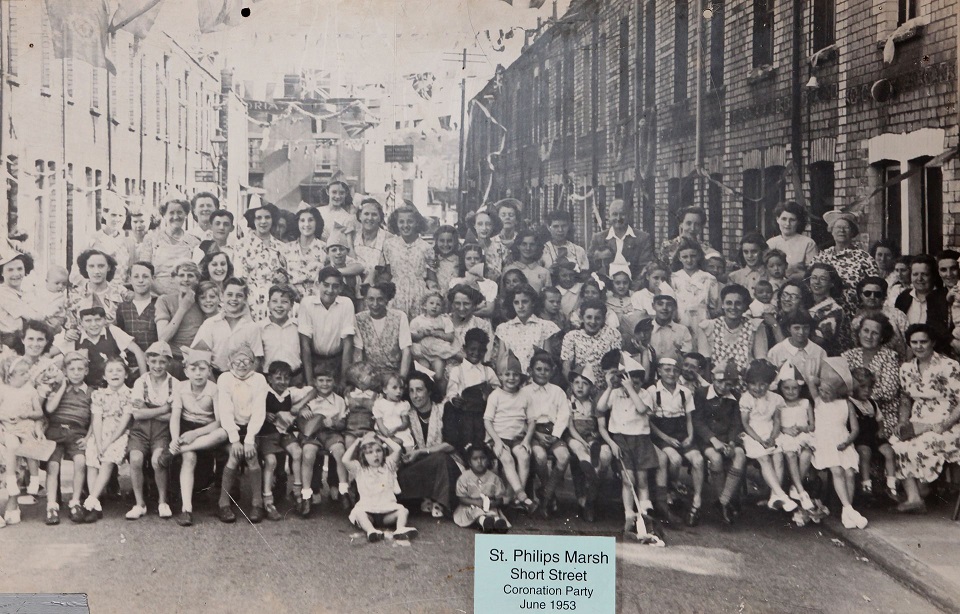
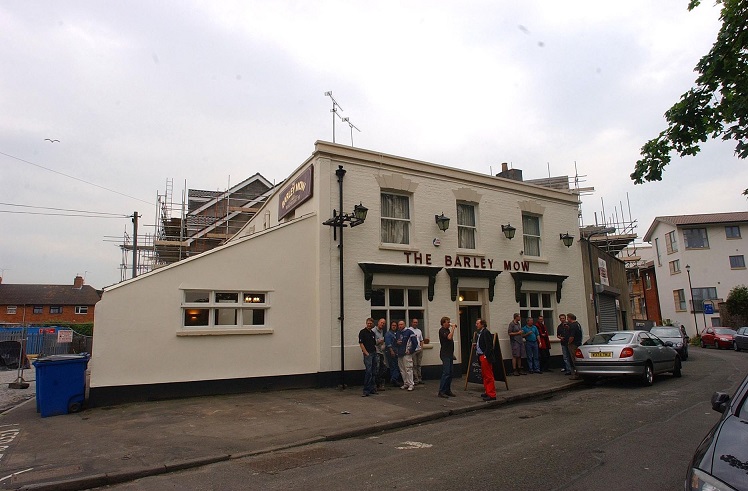
Some others shared from our facebook members
